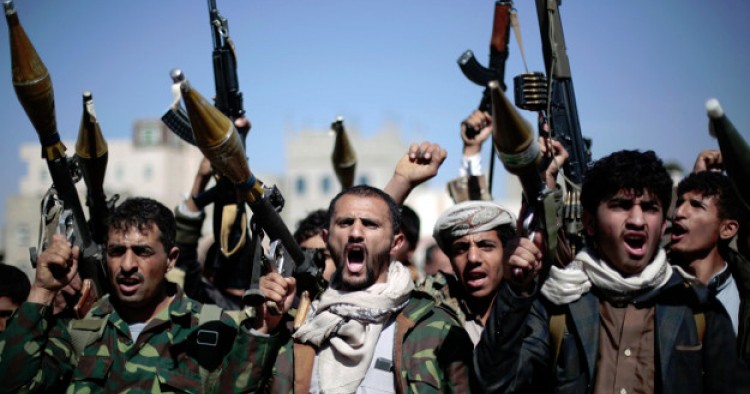It is not a secret that Iran plays a role in the Yemeni conflict. But a new report provides yet another piece of evidence released to the public about the Iranian government’s arms aid to the Houthi rebels that fight against the Yemeni government backed by Saudi Arabia and its allies. The Australian government has released photographs that show light anti-armor weapons seized near the Yemeni coast were manufactured in Iran. Analysts who surveyed the findings claim that the weapons confiscated match Iranian-made rocket-propelled grenade launchers used in Iraq and Ivory Coast in 2015. The United States and its allies have repeatedly accused Iran of playing a destabilizing role in Yemen by sending weapons to the Houthis in violation of international sanctions that bar the Islamic Republic from exporting arms.
The new findings follow another report published by the UK-based Conflict Armament Research (CAR) on November 30 last year that indicated an arms “pipeline” originating from Iran extended to Yemen and Somalia.
Iranian officials predictably reject these allegations. In reaction to CAR’s report, Iran’s Ambassador to UN Gholamali Khoshroo called it “baseless and unsubstantiated.”
But Iranian officials’ denials ring hollow as these are not the only instances that substantiate Iranian involvement in the Yemeni conflict. In October, US officials reported on the seizure of five shipments of Iranian weapons destined for Yemen. Indeed, Iran’s former ambassador to Iraq, Hassan Kazemi-Qomi last November admitted that Tehran “assisted the region’s oppressed people, including in Yemen against the Saudi invaders that have laid an economic siege over Yemen.” In an interview with conservative Mashregh newspaper, he warned that Iran’s national security would be compromised if Riyadh succeeded in Yemen.
The Middle East Institute (MEI) is an independent, non-partisan, non-for-profit, educational organization. It does not engage in advocacy and its scholars’ opinions are their own. MEI welcomes financial donations, but retains sole editorial control over its work and its publications reflect only the authors’ views. For a listing of MEI donors, please click here.













